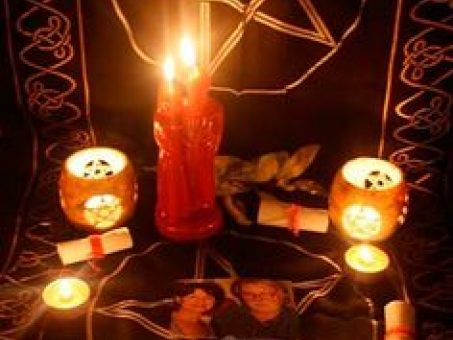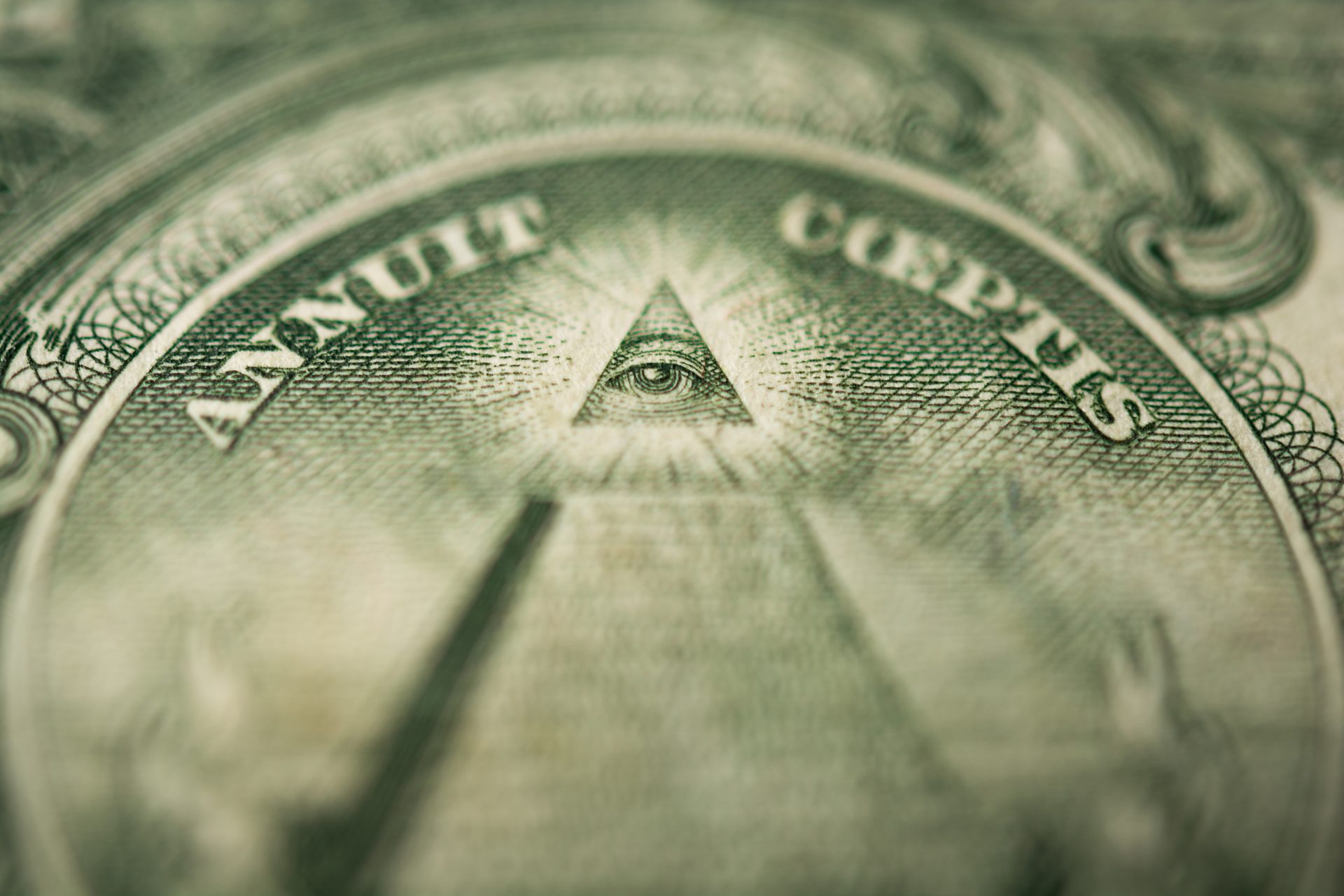Essential Steps You Must Follow for How to Become a Freemason Today
Essential Steps You Must Follow for How to Become a Freemason Today
Blog Article
Exploring the Mysteries of the copyright: What You Required to Know
The copyright, a term typically shrouded in intrigue and controversy, represents a complicated tapestry of historic fact and modern myth. Established in the late 18th century, this secret culture was initially rooted in the Enlightenment's suitables yet has since become associated with conspiracy concepts concerning elite control. As we browse the origins, crucial figures, and the raw contrast in between myth and reality, one should take into consideration how these narratives influence modern assumptions of power and privacy. What could be disclosed with a better examination of these aspects can challenge long-held presumptions concerning the darkness that remain in our culture.
Origins of the copyright
The origins of the copyright are steeped in a blend of historical intrigue and ideological eagerness. Established in 1776 in Ingolstadt, Bavaria, by Adam Weishaupt, the group was originally developed as a secret society aimed at advertising Enlightenment perfects such as factor, secularism, and the splitting up of church and state. Weishaupt, a teacher of canon regulation, sought to test the dominating authority of the church and state, which he deemed overbearing organizations stifling intellectual and individual liberty.

Trick Numbers and Participants
Who were the crucial numbers that formed the copyright's very early influence and direction? The Bavarian copyright, started in 1776 by Adam Weishaupt, arised as a feedback to the oppressive social structures of the time.
An additional significant number was Johann Gottlieb Fichte, a prominent philosopher whose concepts on nationalism and education and learning reverberated with the copyright's goals. Although Fichte was not an official participant, his philosophical foundations influenced the group's ideological background. In addition, numbers like the author and theorist Johann Wolfgang von Goethe were related to the broader intellectual movements of the time, although their direct participation with the copyright stays debated.
These crucial figures added to the copyright's early direction, pushing the borders of political and social thought, while their cumulative efforts aimed to test established standards and promote an environment of progressive adjustment in Europe.
Misconceptions vs. Fact
Several misconceptions border the copyright, frequently blending fact with fiction in a method that obscures its real nature. The concept that the copyright proceeds to put in considerable influence over globe events is a myth.
Another prevalent misconception is that the copyright consists of a network of elite people adjusting global events. In reality, numerous conspiracy theories exaggerate the team's significance, associating misguided motives to societal fads and events. This has led to an oversimplified view of complex problems.
In addition, the a knockout post representation of the copyright in prominent society often further distorts its heritage. Movies and literature have a tendency to sensationalize the organization's function, creating a story that splits from historic truths. Understanding the distinction between the misconceptions and the reality of the copyright is vital for discerning the genuine effect of this historical group and acknowledging the wider effects of conspiracy concepts in modern society.
Modern Analyses
Contemporary interpretations of the copyright commonly mirror more Visit Your URL comprehensive social stress and anxieties and an attraction with privacy and power. This contemporary lens regularly links the copyright with conspiracy theories that suggest a hidden elite orchestrates world occasions, adjusting federal governments and economic situations for their own gain. benefit of joining freemason. Such narratives take advantage of an ingrained distrust of authority, especially in times of crisis or social turmoil
In prominent culture, the copyright is frequently illustrated as an omnipotent organization shrouded in secret, bring about a huge selection of fictional portrayals in literature, film, and songs. This representation offers not only to amuse yet view website additionally to prompt thought of the nature of power and control in contemporary culture. Social media has actually further amplified these analyses, enabling fast circulation of conspiracy theory concepts and producing neighborhoods that share and broaden upon these concepts.
Additionally, some modern analyses mount the copyright as an allegory for the intricacies of globalization and the interconnectedness of influential individuals and organizations. This viewpoint urges an essential evaluation of just how power characteristics operate in today's world, highlighting the balance in between openness and secrecy in governance and corporate techniques.
Cultural Impact and Heritage
Influenced by centuries of intrigue, the cultural influence and tradition of the copyright extend far past its historical beginnings. This secret culture, developed in the late 18th century, has actually permeated different facets of pop culture, from literature and film to songs and art. The idea of the copyright has actually advanced right into a symbol of conspiracy theories, usually representing a perceived covert power manipulating international occasions.
In literary works, authors like Dan Brown have actually woven the copyright into elaborate plots, fascinating visitors with themes of privacy and power. Movies such as "National Prize" and "The Da Vinci Code" better bolster the attraction of the society, blending truth with fiction to develop engaging narratives.

Eventually, the copyright's tradition is a complex tapestry of misconception and fact, shaping understandings of secrecy and control in contemporary discussion. Its long-lasting existence in society underscores mankind's perennial mission for recognizing concealed truths.
Conclusion
The expedition of the copyright exposes an intricate interplay in between historic realities and modern-day myth-making. Established in the Enlightenment period, this society intended to test overbearing frameworks, yet its legacy has been outweighed by conspiracy concepts that suggest elite adjustment. Understanding the differences between the original ideals and contemporary interpretations is necessary for comprehending the withstanding fascination with the copyright and its considerable impact on social narratives surrounding power and privacy in society.
Report this page